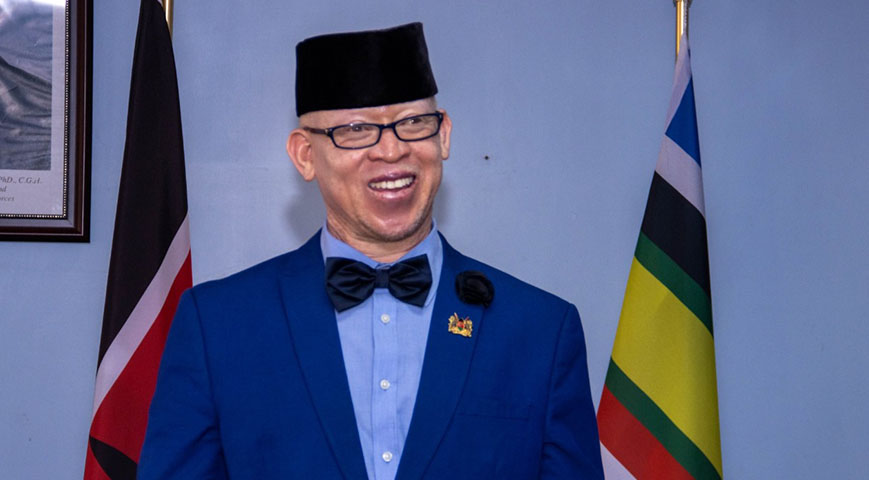The government has allocated Kes 57.21 billion to improve the education sector and develop a new funding model, to improve standards in the higher education sector.
Government Spokesperson Dr. Isaac Mwaura said the government has allocated Kes 36.31 billion to the Higher Education Loans Board (HELB), Kes17.9 billion for the recruitment of Junior Secondary School teachers into permanent and pensionable terms, and Kes 3 billion for the school feeding program.
Speaking at a press briefing in Nairobi, Mwaura informed prospective students that they can apply for scholarships and loans without having an identity card to ensure that no student is disadvantaged or experiences delays in pursuing higher education due to administrative processes.
Further, Mwaura said that in June last year, the government introduced a new funding model for education reforms that advocates for creating an education system that enhances equity in education and training at the tertiary and college levels.
“The applicants aged below 18 years can apply for loans and scholarship using their KCSE index numbers and attach copy of their birth certificates in place of ID cards, while those aged 18 years and above, yet to receive ID cards, are advised to attach their waiting cards as evidence of the pending ID applications.”
Did you read this?
He also said that the new funding model for education reform will provide adequate skills and competences in strategic disciplines to stir industrial and economic development that is aligned with Kenyans' aspirations.
“The fund was envisioned to address the substantial shortcomings in funding caused by the previous Differentiated Unit Cost model (DUC), which was to cover 80 percent of the university education course for admitted students through loans and scholarship.”
The government spokesperson maintained that the new funding model, which commenced in September last year, utilizes the means testing instrument to fairly assess students’ needs.
It categorizes students into five funding bands, including students from households earning Kes 5,000 monthly or less. These students will receive 95 percent of funding from the government as loans and 5 percent as parents’ contributions.
Additionally, households earning between Kes 5,000 and Kes 23,000 will receive 90 percent government support, 30 percent in the form of a loan, 60 percent in the form of a scholarship, and 10 percent in the form of a household contribution.
Tax-free students earning between Kes23,000 and Kes70,000 will receive 80 percent of their support, with 50 percent scholarship,30 percent loan, and 20 percent household contribution.
He said that the universities will inform students about the exact payable fees based on their household’s financial ability ascertained through the means testing instrument beginning on the 19th of this month.









